Are wolverines dangerous? We dispel a few myths...
We dispel some myths around the secretive wolverine and reveal why observing one in the wild would be special, not scary
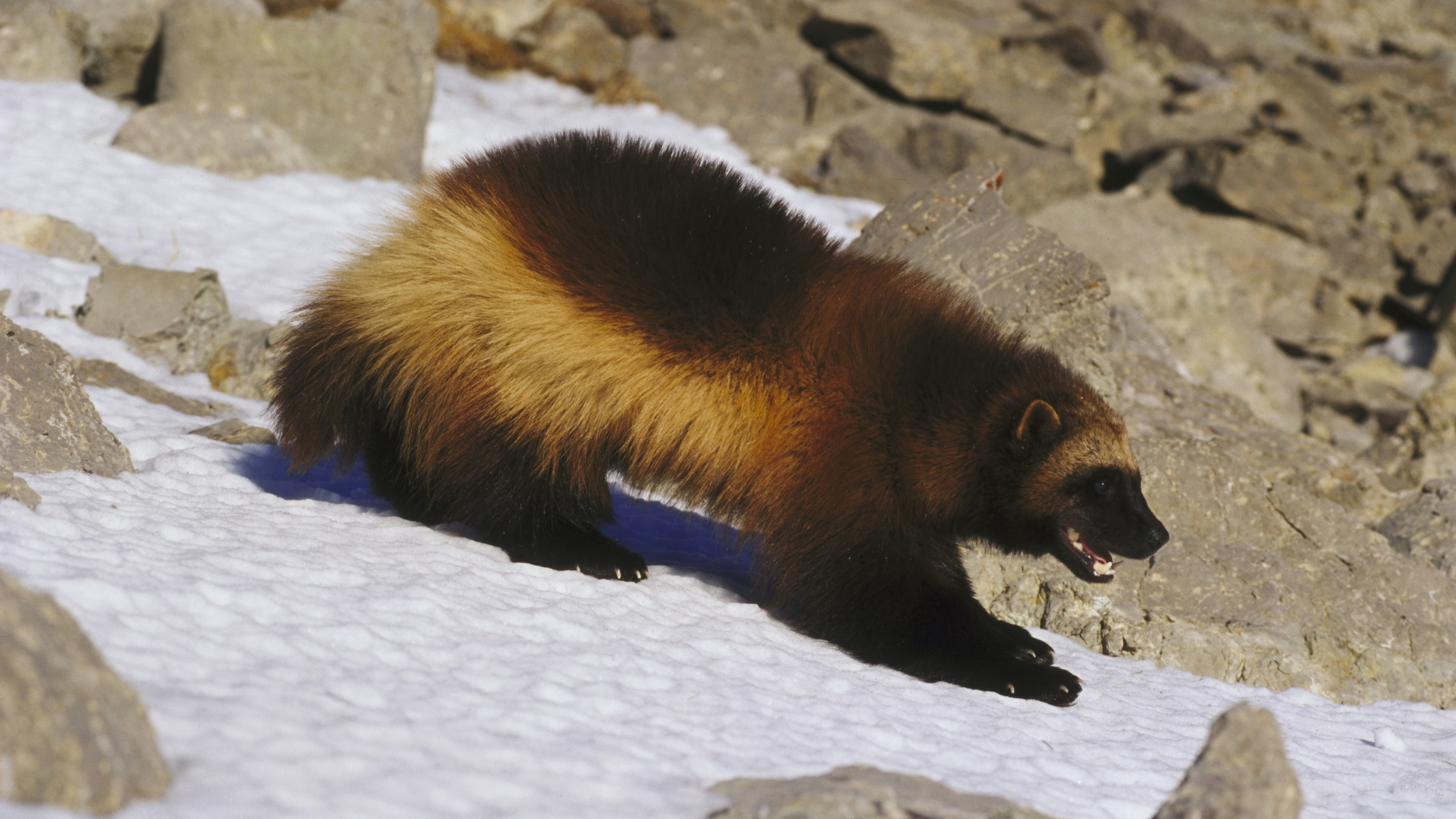
Marvel, it would seem, have a lot to answer for. I don't know about you but when I hear the word wolverine, Hugh Jackman sporting huge adamantium metal claws springs to mind. This ferocious character has something a temper but is also one of the most heroic characters in the Marvel Universe.
However, I can't help but feel that the animal species, the wolverine, has a more formidable reputation as a result of this association. Is this fearsome reputation warranted, or has Hollywood gone and created a monster out of a weasel? Our American backcountry expert has been busy finding out...
Are wolverines dangerous?
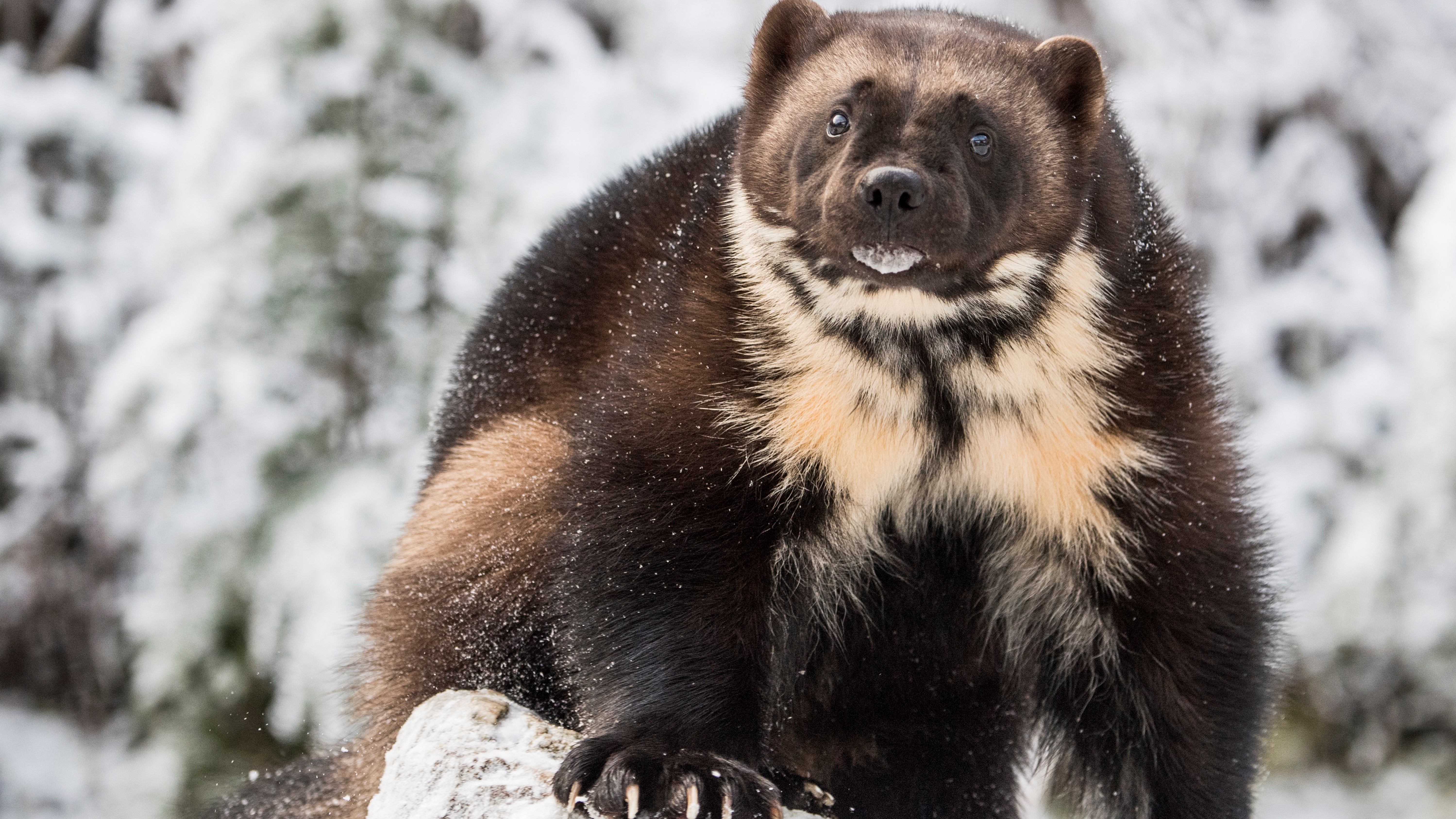
There’s no evidence that wolverines pose any danger to humans at all.
In part because of wolverines’ thirst for blood, and willingness to attack the odd moose or polar bear, and partly due to their depiction in popular culture, it’s easy to understand why some people might read about the existence of wolverines in the western US with a little trepidation. However, a face-to-face encounter is very unlikely. Could a wolverine take you down? Probably, if it can overcome a sick caribou, but there aren’t any documented cases of this occurring.
Like any self-respecting member of the wildlife world, wolverines are generally afraid of humans and if they did find themselves close to your tent when on one of their roams, they’d most likely just move deeper into the woods to get away from you. They’re not naturally combative animals, though they will definitely battle with a larger mammal if necessity calls, so there’s no reason why you should worry about meeting a wolverine if you are adventuring in the west in the same way that you need to worry about grizzly bears. An opportunistic wolverine will, however, snack on a small dog or cat, so if you live in an area where wolverine are present, or are bringing your dog on an adventure, do keep it on leash.
Meet the expert
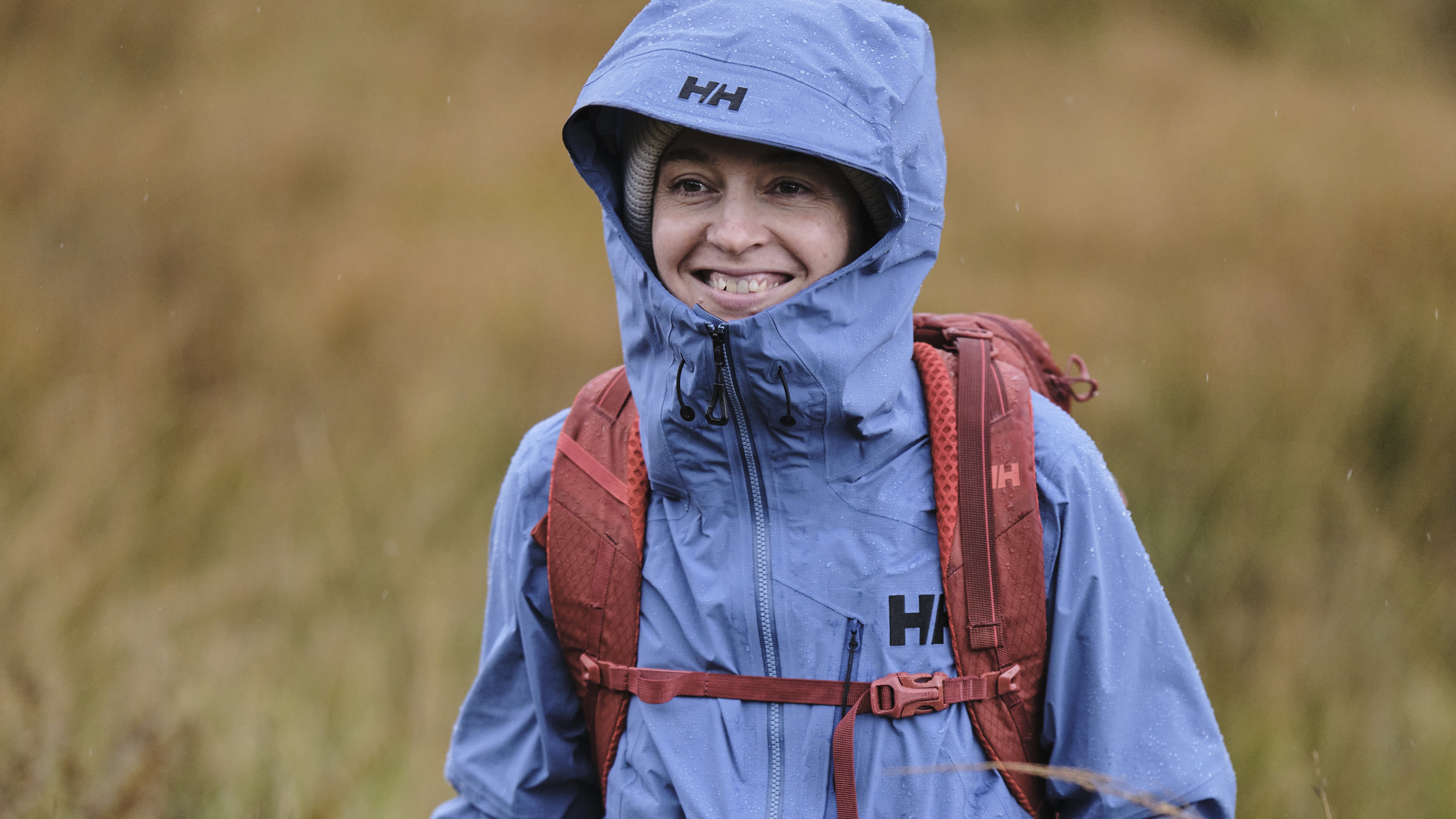
Julia moved to the US for university and developed a love for the great American outdoors. She enjoy tackling backcountry trails and bagged several Colorado 14ers while she was at it. Now back in her native Scotland, she still keeps a close eye on developments across the Pond.
Today's best deals
How wolverines piqued my curiosity
If you’re anything like me, when you plan a trip to a National Park, you do some research beforehand. When I was organizing a trip to Yellowstone, for example, I wanted to know which were the best hikes for me to make use of my new hiking boots, and what kinds of wildlife I might see. When it came to the latter, I obviously expected (and hoped) to see grizzly bears and bison, but wolverines? That one was a surprise.
First of all, I’m not totally sure I knew that wolverines existed outside of Marvel comic books, but they do. Second, they’re just not an animal you hear a lot about even if you spend a lot of time outdoors. My 12 years spent living in the Rockies prepared me for what to do if I met a bear or a mountain lion on the trail, but no one ever mentioned the possibility of a wolverine encounter. But as it turns out, these fearsome little creatures can be found in small numbers in lots of our favorite hiking spots in Wyoming, Idaho and Montana, like North Cascades and Glacier National Park, as well in larger numbers in Alaska and Canada, and clearly, I wanted to know more.
All the latest inspiration, tips and guides to help you plan your next Advnture!
What is a wolverine?
- A wolverine is a large member of the weasel family
- They're solitary animals who cover large areas in search of food
- They're carnivores and have been known to attack much larger animals than themselves, though mostly when their chosen prey is weak or vulnerable
- They inhabit tundra and broeal forests in Asia, Europe and North America
Is it, as the name suggests, a little wolf? Or, as it kind of looks, a very small bear? Is it a mutant comic book character with retractable claws and healing powers? As it turns out, a wolverine is actually a very large member of the weasel family. They are typically between two and three feet tall and weigh 20 - 40 lbs, with short, dark brown fur and large paws.
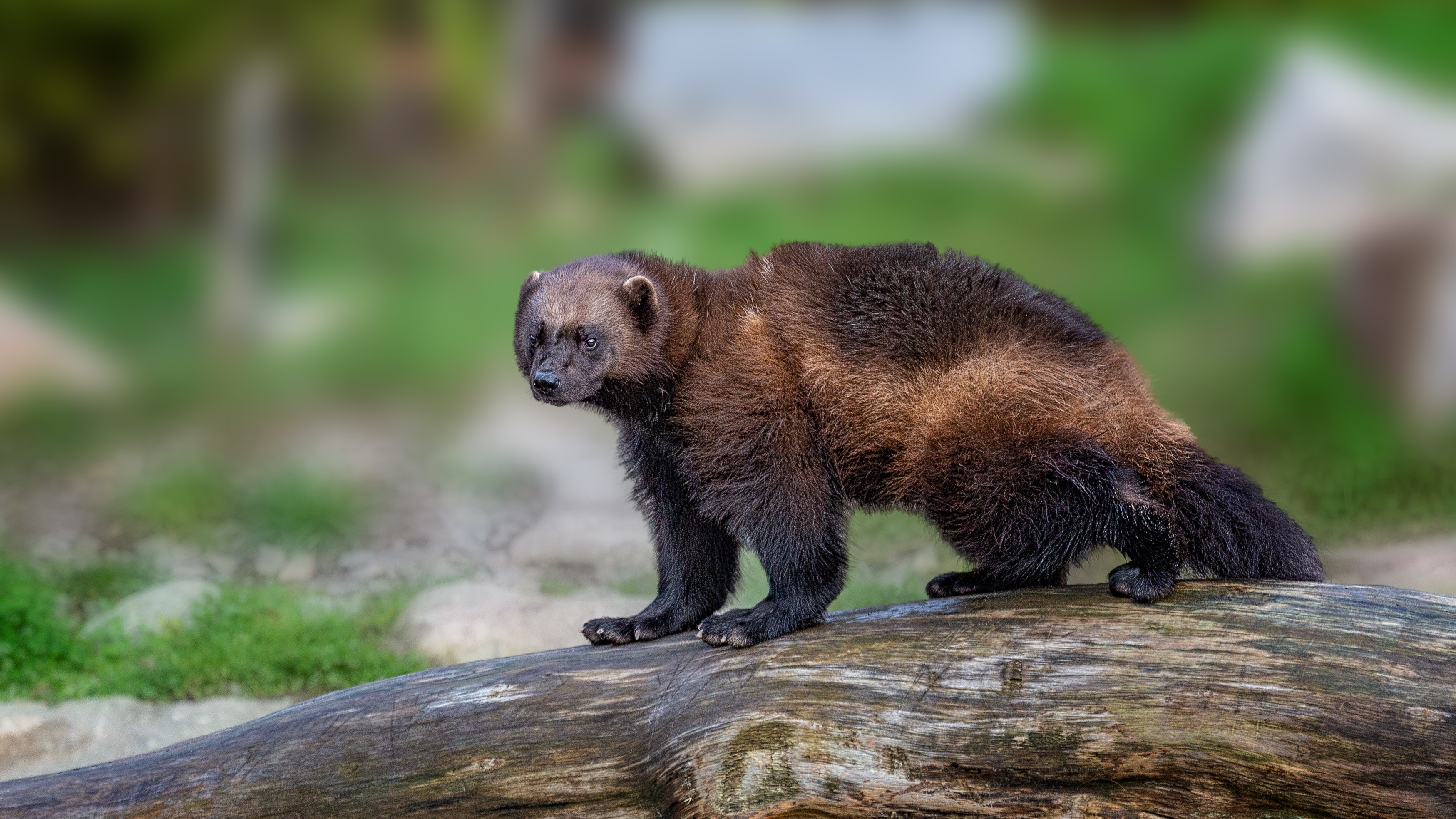
They do, however, exhibit some characteristics that are similar to those of wolves – they are solitary beasts who roam large areas, up to 15 miles a day in search of food. Like wolves, they’re also keen carnivores; though they’ll eat the odd root or berry, they much prefer to dine on flesh. While they’ll easily take out a small rodent for lunch, they have been known to attack far larger animals, like elk and even caribou, if the animal is weak and vulnerable as prey, or hibernating animals in winter.
Wolverines inhabit northern climes in Asia and Europe as well as North America, and inhabit tundra and boreal forests where they build dens in the snow come winter.
How common is it to see a wolverine?
- Wolverine sightings are incredibly rare and, therefore, very special
- You should report any sightings to the Backcountry Wolverine Watchers
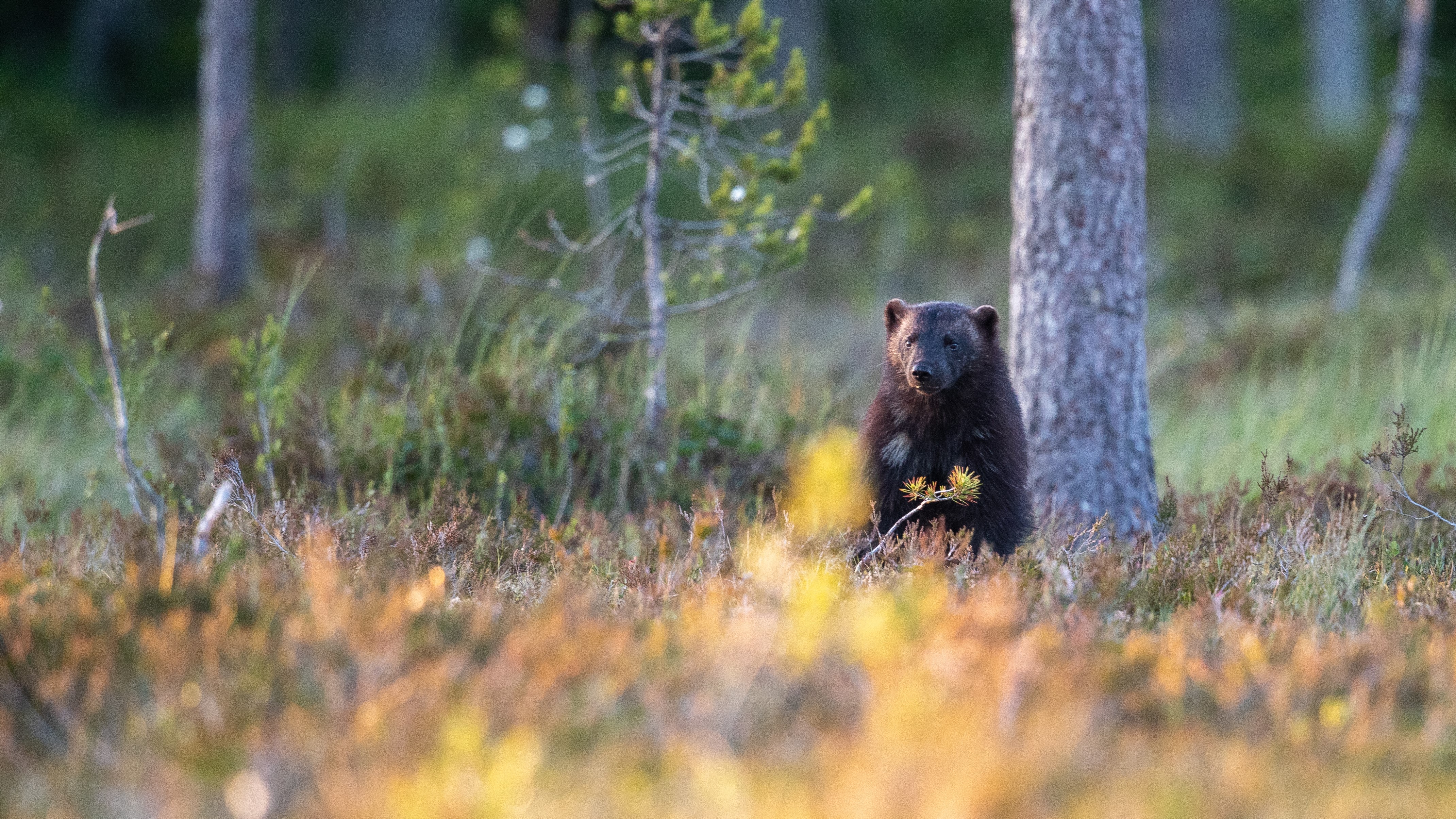
Wolverine sightings are really, really rare, which is probably why wolverine encounters don’t come up much in backcountry safety training courses. Not that much is known about the wolverine population, because they are so elusive, and Yellowstone reports only seven known wolverines, compared to it 5,000-strong herd of bison. In order to glean more data about how many wolverines might be living in the US, and whether they need to be raised as an endangered species, any wolverine sightings should be reported to the Backcountry Wolverine Watchers project. But actually seeing a wolverine in the wild would be highly unusual, and therefore very special indeed.
Julia Clarke is a staff writer for Advnture.com and the author of the book Restorative Yoga for Beginners. She loves to explore mountains on foot, bike, skis and belay and then recover on the the yoga mat. Julia graduated with a degree in journalism in 2004 and spent eight years working as a radio presenter in Kansas City, Vermont, Boston and New York City before discovering the joys of the Rocky Mountains. She then detoured west to Colorado and enjoyed 11 years teaching yoga in Vail before returning to her hometown of Glasgow, Scotland in 2020 to focus on family and writing.

